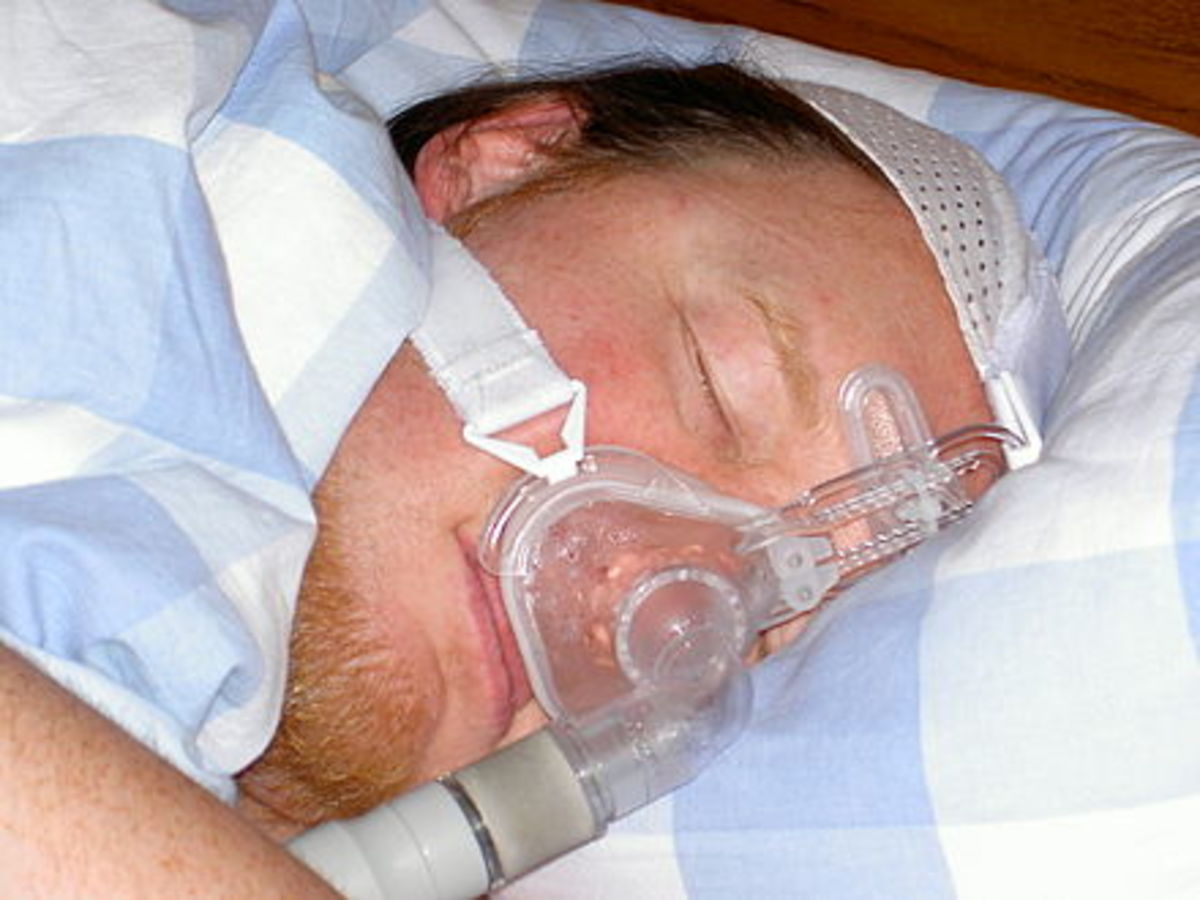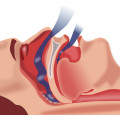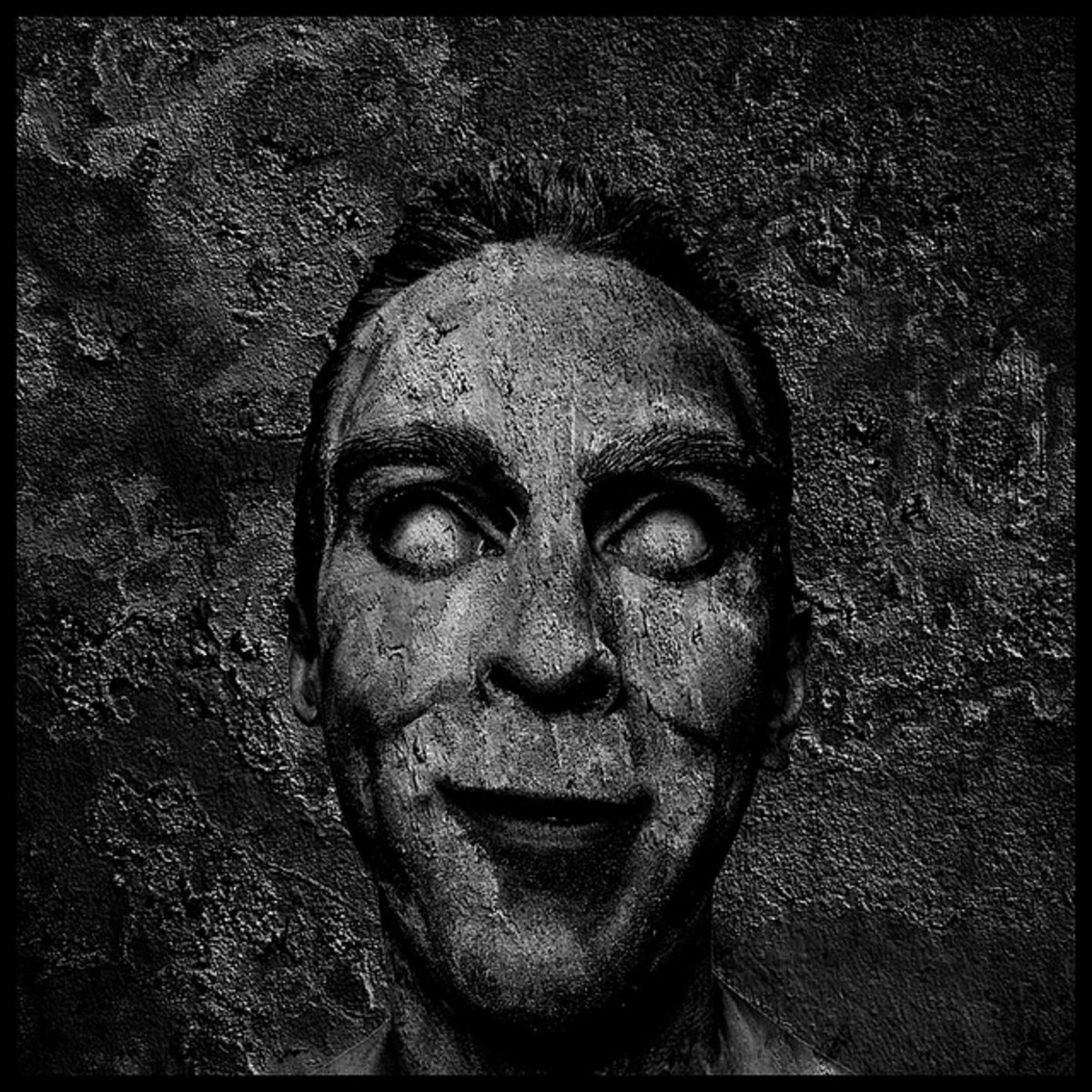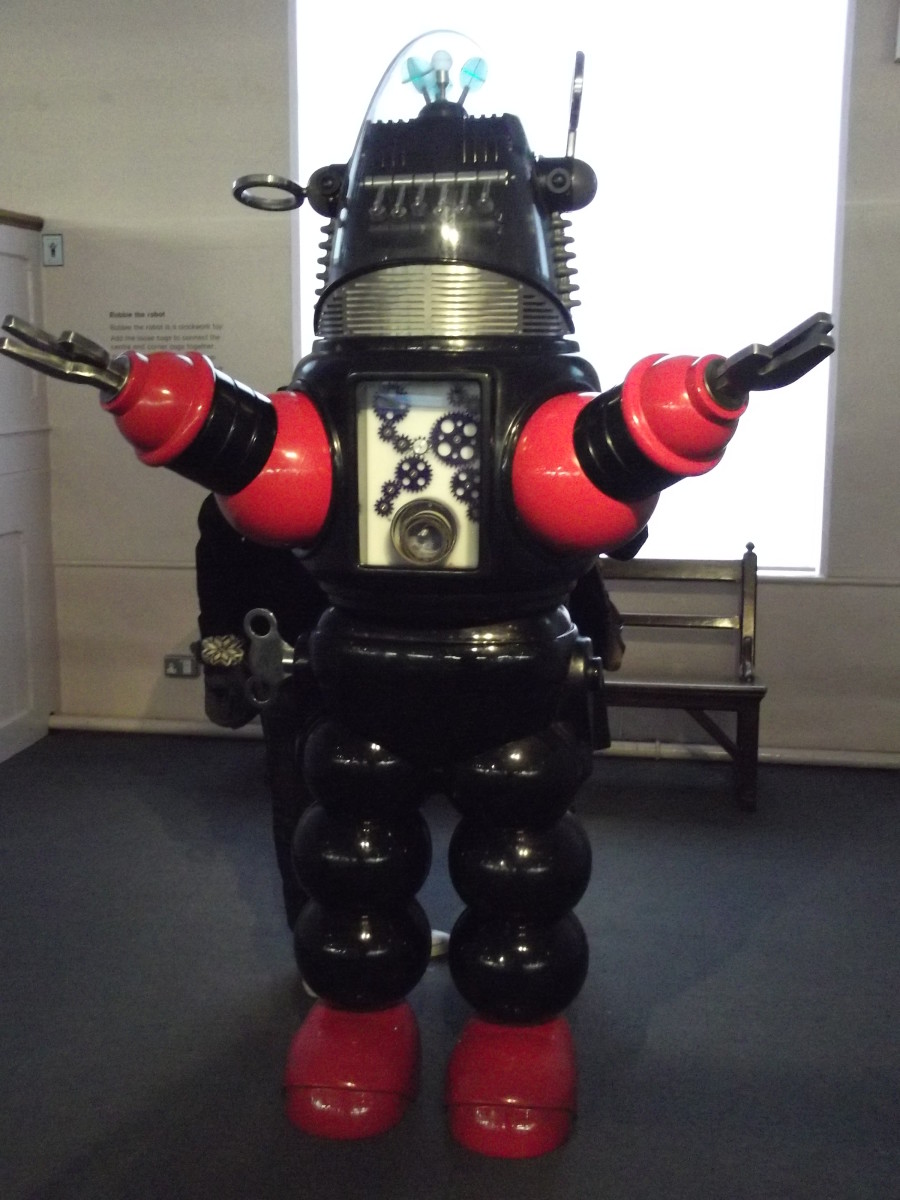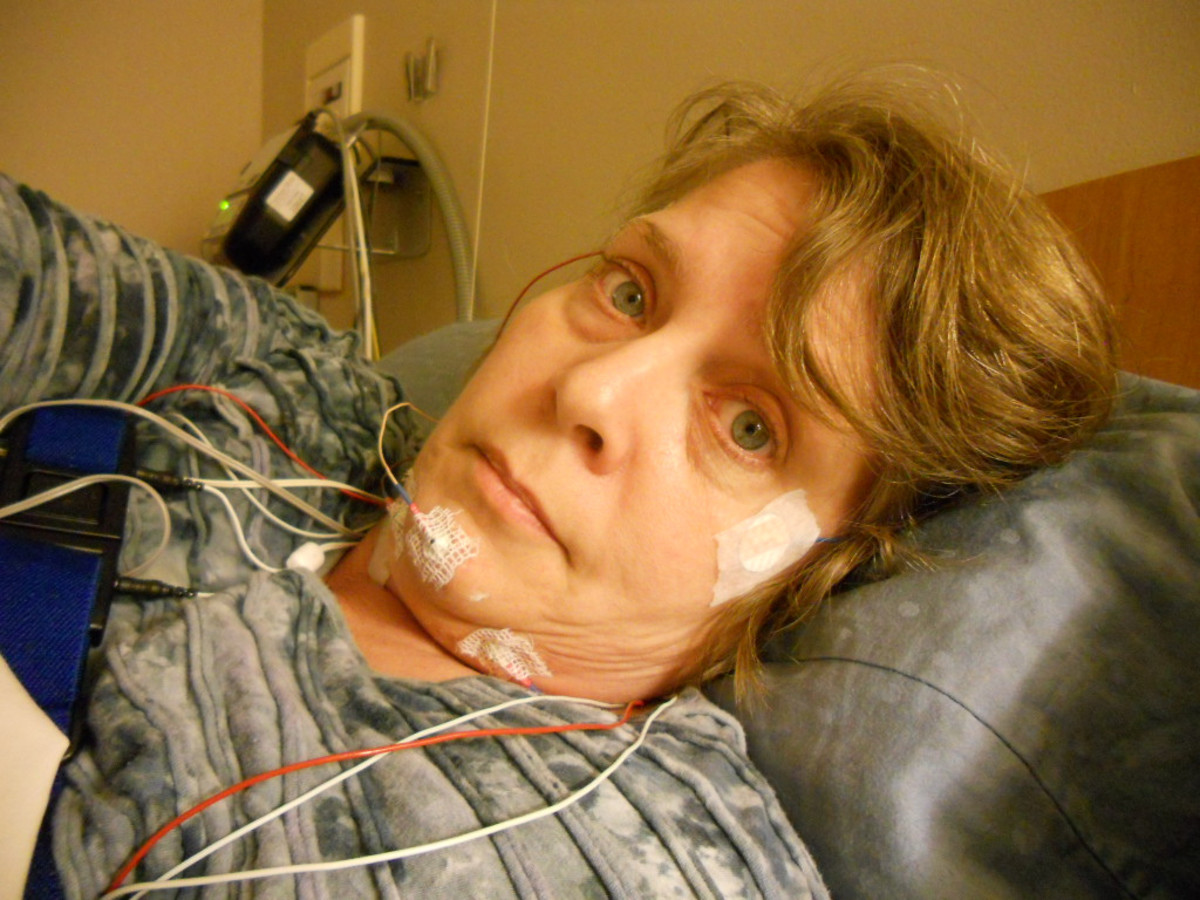Coping With Sleep Disorders

Sleepwalking
Somnambulism, or sleepwalking, is a type of sleep disorder in which the sleepwalker may not realize that they are wandering in their sleep until someone actually sees them do it. For example, imagine waking up to find all the laundry washed, dried, and folded, knowing it wasn't done before bedtime.
Sufferers of somnambulism have been found to engage in activities while appearing to be a conscious state, yet when observed more closely they will have a blank or glassy stare. Patients studied have found to perform normal activities while sleepwalking, some include: talking, driving, eating, cleaning, and even homicide. Sleepwalking can obviously be a very serious and dangerous sleep disorder.
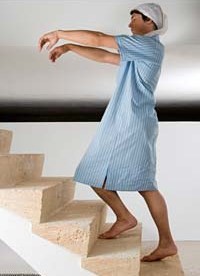
A Hereditary Link
Sleepwalking has a hereditary link, and seen with people who have higher than normal levels of stress or anxiety. It is more common in female children and can occur at any age. Environmental and medical factors can play a role in sleepwalking as well as the genetic link. One example could be when too much alcohol is comsumed, some people will have an increased incidences of sleepwalking. Medical disorders that can contribute to restless sleep, which can lead to somnambulism, include: asthma, heart arrhythmias, and some psychiatric disorders.
Sleepwalking references have been made throughout history, even in Shakespeare's "Macbeth". The legal defense of many murder cases has used sleepwalking to bring "not guilty" verdicts to many murder cases.Unresolved issues at bedtime can cause increased stress levels which can lead to sleepwalking. They may act out the solutions to their problems while sleepwalking. Sleepwalking activities are relatively common for children and some adults, yet medical attention may be necessary when symptoms become hazardous to the sufferer's health.
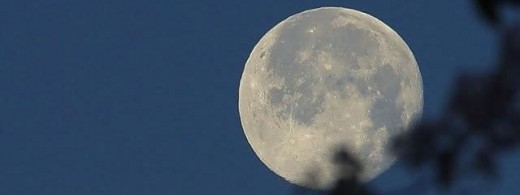
Sleep Paralysis
Sleep paralysis is similar to REM atonia, and occurs during the REM stage of sleep when the person awakens suddenly. Waking up this quickly the patient finds that they are unable to move because the body is still in a state of sleep paralysis.
People with this disorder may have audio/visual hallucinations as well as a sense of impending danger. Doctors have explained ghostly sightings and alien abductions as hallucinations caused by sleep paralysis.
Sleep paralysis is thought to occur in the pons region of the brain and is caused by inhibition of motor neurons. Every individual is likely to have at least one episode of sleep paralysis during the course of their lifetime.Sleep paralysis may also be accompanied narcolepsy, another type of sleep disorder, and is more common in blacks than in whites.
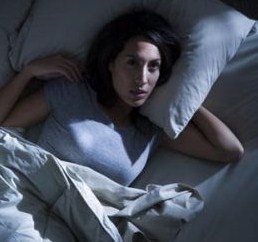
Symptoms of Sleep Paralysis
Some presenting symptoms of sleep paralysis may have include: frequent napping, excessive stress levels, sleep deprivation, irregular sleep patterns, and sleeping in a supine or prone position. Having any of these characteristics increases the risk for episodes of sleep paralysis.
Proper education and behavior modification are the best ways of reducing the incidence of this disorder, as well as reducing the audio and visual hallucinations accompanying it. Alleviating symptoms may be as simple as just getting adequate amounts of rest and sleep.
Sleep paralysis usually occurs when a person first starts falling asleep, or can happen upon waking, and is not considered a health threat. While drifting off to sleep, the body slowly relaxes, if a person is still awake during this feeling of relaxation they may realize that they can't speak or move. During REM sleep the feeling of paralysis occurs because the muscles are "turned off" during this time.
Different theories, and even folklore, exist about people with sleep paralysis, some are even pretty outrageous. Some cultures believe that sleep paralysis is a form of voodoo or evil witchcraft. Vietnamese culture suggests that sleep paralysis is caused when a ghost enters the body. Malta, Turkish, and Kurdish cultures often call sleep paralysis a poltergeist or ghost that holds the body down in attempts to steal that person's breath. Many Southern states in the United States believe that sleep paralysis is a sign of a pending accident or tragedy. Consult a physician if troubled by this or any other sleep disorder.
Sleep Apnea
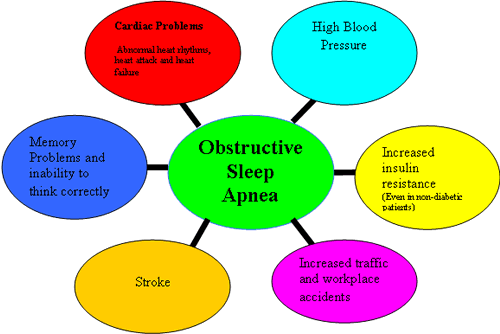
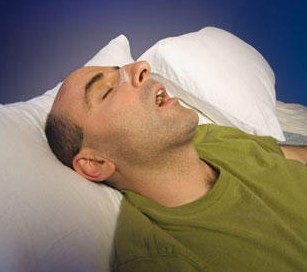
Risk Factors
Sleep apnea affects approximately twelve million Americans, especially overweight males who are over the age of 40. Obstructive sleep apnea (OSA) is the most common of the three different types of sleep apnea, central and mixed being the other two types. If left untreated, all forms of sleep apnea can have significant health consequences.
The word apnea comes from the Greek word meaning without breath . Those who suffer from this disorder may stop breathing hundreds of times a night, often lasting for a minute or longer. During each episode of apnea, the brain actually wakes the person for a moment in order for them to resume breathing. Those with sleep apnea fail to get restful sleep, especially when the apnea is severe.
Positional Tip
* Place tennis balls in a sock and pin it to the back of a sleep shirt to prevent rolling over onto a supine position.
Treatment Options
Depending upon the severity of the sleep apnea, treatment may be as simple as proper positioning, or may require the use of respiratory equipment as prescribed by a doctor. Positional therapy could consist of utilizing ways to prevent supine sleeping since it tends to be worsened when lying on the back due to blockage of the airway by the person's tongue.
Surgery to open up the airway so obstructions are less likely to occur is another option. Some dentists that specialize in sleep apnea may be able to fit patients with dental appliances to help positional treatments.
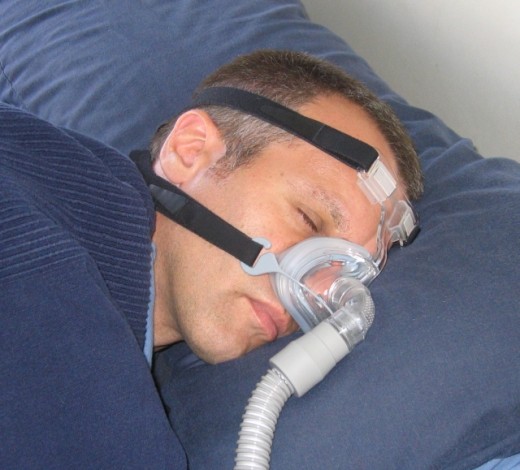
CPAP Therapy for OSA
Continuous Positive Airway Pressure (CPAP) is the most commonly used treatment option used for obstructive sleep apnea (OSA). A CPAP machine works by gently blowing the sufferer's throat open by using pressurized room air that acts like a splint for maintaining an open airway. Each device is set to the patient's care needs based on the severity of the sleep apnea for each particular patient.

- Alice in Wonderland Syndrome
Alice in Wonderland Syndrome (AIWS) is characterized by a distortion of visual images, or metamorphosia. Objects appear either smaller or larger than they actually are to those who suffer from it. Symptoms...



